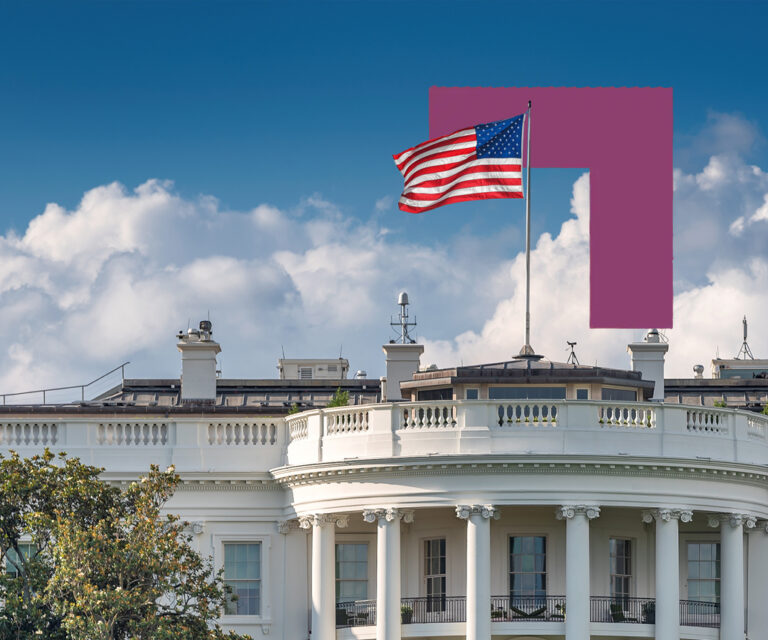-
If the levels of stock prices are any indication, global COVID-19 worries may be behind us.
Many of the world’s largest stock indices, including the NASDAQ, the S&P 500, the Nikkei, the Dax 30 and the Shanghai Stock Exchange Composite, have all recovered most of their COVID-19 losses or even topped their pre-pandemic levels. Traditional wisdom has it that share prices are one of the best predictors of the future. Hence, a rising stock market might reflect that everything is under control, and the economic crisis is drawing to a close. (p.5 of the macro deck)
In sum, real estate may be the caboose on a recovery train that has not yet left the station.

Yet, the gulf between the real world and the global capital markets is wide. Moreover, there is another bit of wisdom we have quoted in the past: “The stock market has predicted 9 out of the last 5 recessions” (Attributed to Nobel Laureate, Paul Samuelson). Maybe the odds are the same on the way up as on the way down. While the unprecedented liquidity injections by Central Banks have helped stabilize the global capital markets, the economic wounds from the COVID-19 pandemic have not fully healed. (pp. 8-9) According to the World Bank, the global economy is expected to shrink by 5.2% in 2020 – the worst recession since World War II. The disruption of economic activities due to shutdown measures has severely impacted corporate and municipal financial health (pp. 11-12). As a result, solvency risks have increased, and liquidity alone cannot solve a solvency issue. Companies cannot survive on subsidies and low-cost debt forever; eventually they need more revenue.
In the face of revenue uncertainty, many companies are expected to cut labor costs to shore up their earnings outlook. This trend is evidenced by the growing number of redundancy announcements, especially in industries that focus on retail trade and services. The pressure on companies’ financial health is expected to increase as the emergency measures (e.g., wage subsidies, deferred loan payments, stimulus spending) taper off next year in many countries. This weakened business outlook is expected to drag on households’ forward view for employment and income, which could further reduce consumption. Any potential COVID-19 resurgence and growing geopolitical tensions around the world also could further cloud the recovery.
So, with all this seemingly bleak news, what is the stock market trying to tell property investors? There are at least six options to consider:- The worst may be over. Vaccine and treatment trials today could result in record-breaking production and inoculation that may tame COVID as quickly as it burst on the scene.
- Headcount reductions today could slingshot into higher earnings growth next year during the coming economic recovery.
- When you peel back many stock indices, most of the uplift seems to be concentrated in a few sectors or stocks; the pandemic may have created a few big winners and many losers. This pattern is found in the US REIT universe also. (pp. 26-27)
- There is an excess of capital available in the capital markets. It needs to find a home, and stocks are generally an easy place to park cash. Private equity may need a longer runway to take off and a longer glide path to land. (p.3)
- Interest rates could stay low for much, much longer. More than any specific recovery scenario, these low rates could be raising asset prices. (pp. 17-18)
- The stock market signal could be a “false dawn” and might evaporate if a second wave of COVID 19 hits in the months ahead. (p.4)
For real estate investors, as weaker economic conditions filter through to occupier demand, the net operating income (e.g., rents and occupancy) for real estate could deteriorate further before we get an actual sunrise. It usually takes about six months for macroeconomic trends to filter through to real estate fundamentals. The wait for a property market recovery could be elongated by the expiration of various fiscal stimulus packages sometime next year.
In sum, real estate may be the caboose on a recovery train that has not yet left the station. While waiting to catch the early train, investors may seek to trade out of asset types that are a drag on future performance while reserving seats in the head cars where the ride could be smoother. To mix a metaphor, investors should beware of the “false dawn”, as it is premature to declare that COVID is under full control just yet. Yet, the sun will rise again someday, and so investors should be well-positioned to catch the early train, even if it means standing in the dark at the station.

Nov 19, 2024
ISA Outlook 2025
Shifting interest rates, dynamic occupier fundamentals, deepening bifurcation within sectors: how should real estate investors respond?




